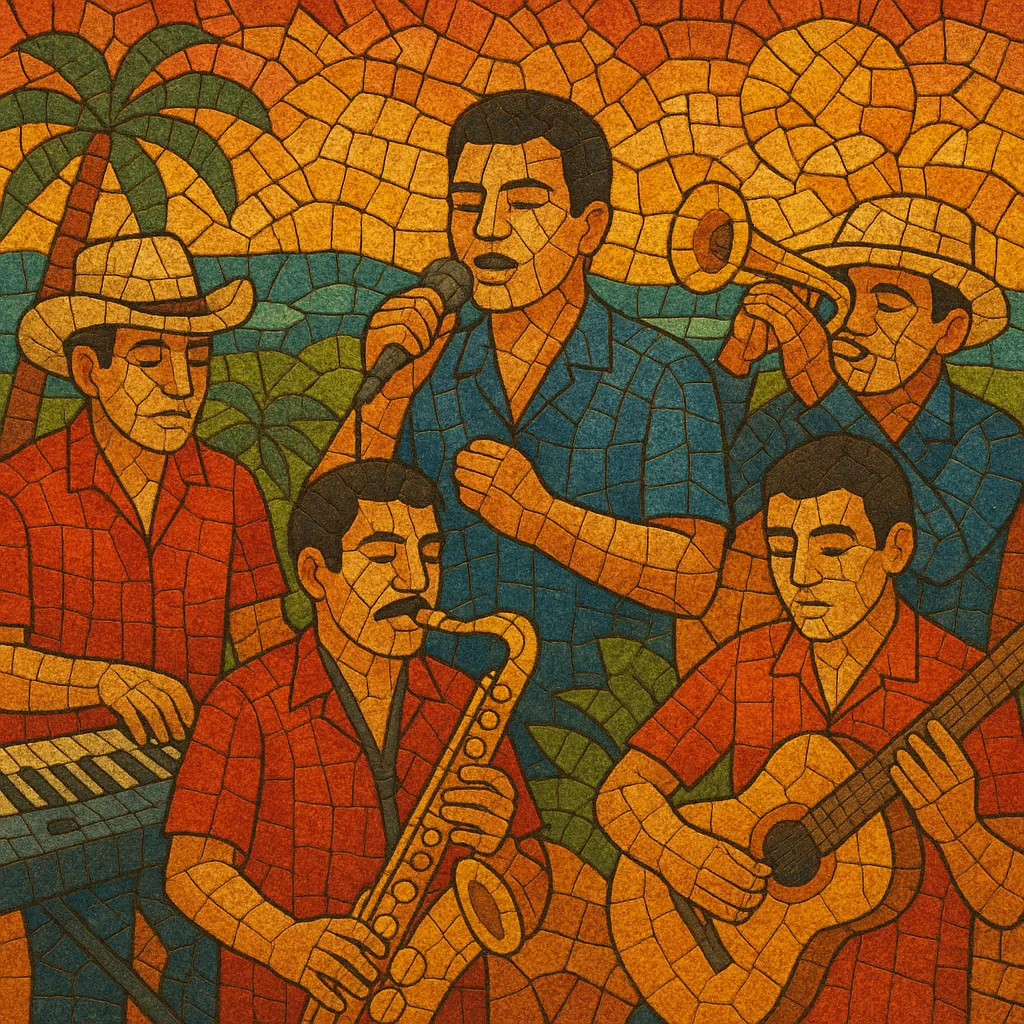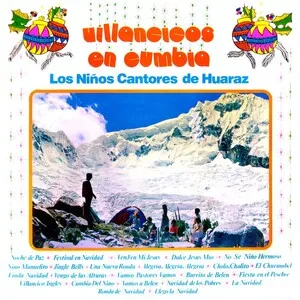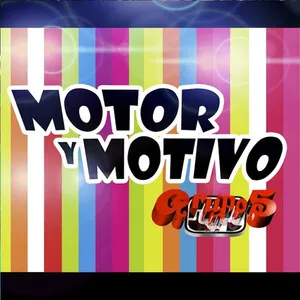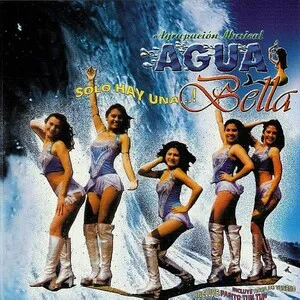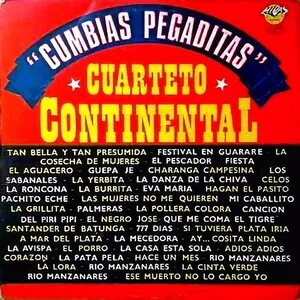Cumbia norteña peruana is a coastal Peruvian branch of cumbia that crystallized in the northern regions of Piura, Lambayeque, and La Libertad.
It blends the Colombian cumbia pulse with a festive orquesta approach (keyboards, saxophones, trumpets) and a romantic, sing‑along sensibility aimed at social dances, parties, and large patronal festivities.
Compared with Andean "chicha" or Amazonian cumbia, the northern style favors bright synth leads, tight horn lines, clean guitar comping, and polished vocal choruses, often at mid‑tempo. Lyrics tend to revolve around love, heartbreak, nostalgia, and celebration, giving the style a warm and dance‑forward character.
Colombian cumbia reached Peru in the 1960s through radio, records, and touring bands. On the northern coast—Piura, Chiclayo (Lambayeque), and La Libertad—local orquestas that already played tropical repertoires (salsa, bolero, merengue) began adapting the cumbia rhythm to their ensemble format. In the 1970s, bands such as Armonía 10 (Piura, 1972), Grupo 5 (Monsefú, 1973), and Agua Marina (Sechura, 1976) shaped a distinctly northern sound: romantic themes, mid‑tempo grooves, melodic keyboards, and horn riffs designed for large dance halls and town festivals.
Through the 1980s and 1990s, northern cumbia matured into a highly recognizable style. Regional labels, AM/FM radio, and extensive touring helped these groups build followings beyond the north, reaching Lima and other parts of the country. The orquesta setup (keyboards/synths, sax, trumpet, trombone, guitar, bass, congas, timbales, güiro) became standard, while arrangements emphasized catchy intros, call‑and‑response choruses, and brass hooks.
From the 2000s onward, digital production, cleaner live sound, and pop‑ballad influences refreshed the style. Groups refined their stage shows, integrated contemporary synth textures, and collaborated with mainstream media. Northern cumbia now dominates national fiestas and streaming charts, and its romantic, dance‑friendly format has become one of Peru’s most visible popular music exports.

